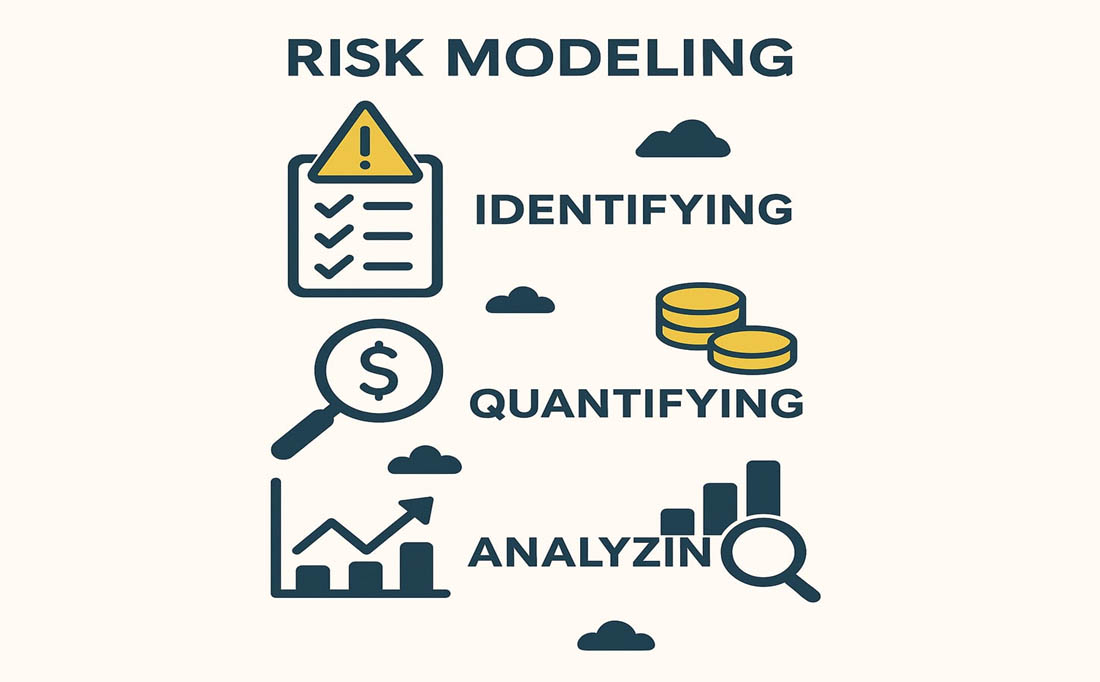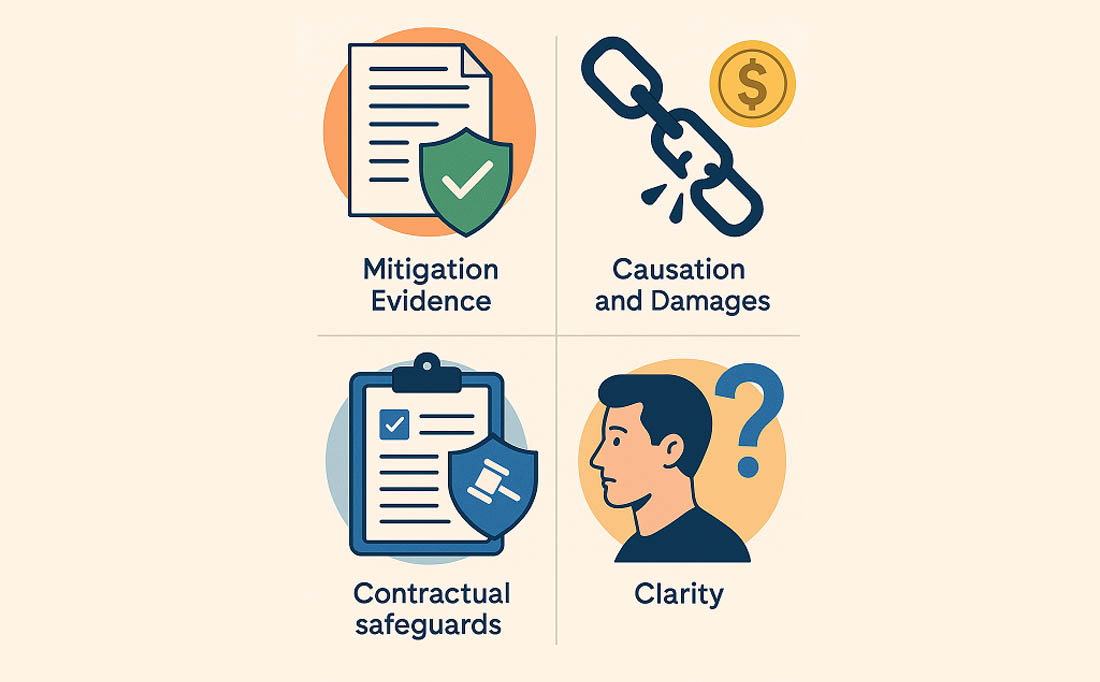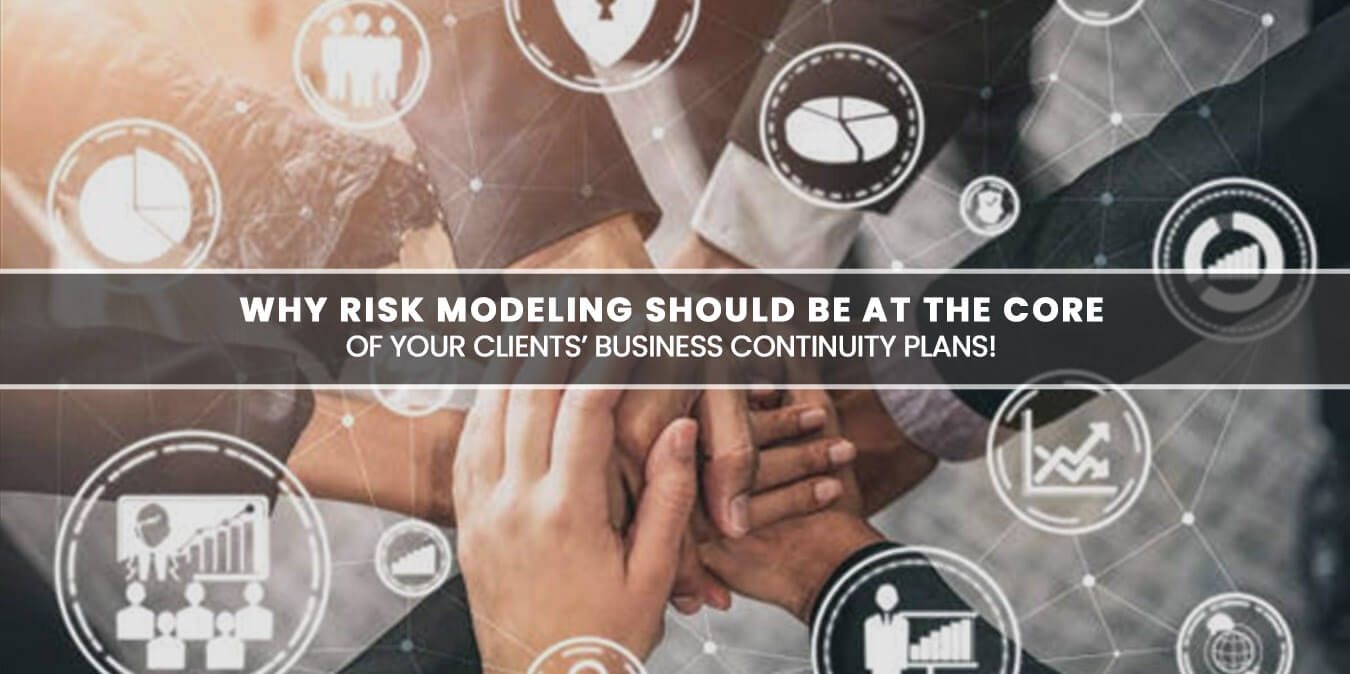In the high-stakes world of commercial litigation, counsel is often brought in after the fact—when contracts have been breached, operations disrupted, or financial damages already incurred. But what if some of that risk could have been anticipated, quantified, and mitigated before disaster struck?
As forensic accountants, we routinely analyze the financial aftermath of business disruptions. And over the years, one fact has become crystal clear: many of the cases we’re brought into could have been significantly less severe—or avoided altogether—if proactive risk modeling had been a foundational part of the business continuity planning process.
Let’s break down why risk modeling matters and how it can strengthen your clients’ position both operationally and in litigation.

What is Risk Modeling?
Risk modeling is a structured process of identifying, quantifying, and analyzing the impact of potential events that could threaten a business’s operations. This could include anything from natural disasters and cyberattacks to supply chain breakdowns, regulatory changes, or even internal fraud.
Using financial models, scenario analyses, and statistical simulations, risk modeling helps businesses put real numbers behind potential threats, making it easier to prioritize resources and build robust contingency plans.
Why Attorneys Should Care?
As counsel to commercial clients, your role increasingly extends beyond litigation into broader advisory work. Understanding how risk modeling supports business continuity planning (BCP) can help you guide clients toward smarter operational decisions—and offer stronger litigation strategies when things go wrong.

Here’s how risk modeling intersects with your legal work:
Mitigation Evidence: A well-documented financial model can demonstrate that a company took reasonable steps to prepare for foreseeable events, which can be key in defending against claims of negligence or failure to mitigate damages.
Causation and Damages: In complex cases, risk models can help distinguish between expected business risks and unforeseen disruptions, making it easier to isolate the true cause of loss and quantify damages accurately.
Contractual Safeguards: Modeling risks upfront can inform stronger contract terms, including force majeure clauses, indemnity provisions, and service level agreements (SLAs) that anticipate and allocate risk.
Provide Clarity: While avoiding situations that could result in litigation is almost always the preferable route, risk modeling can offer your clients the insight to gauge how much a breach of contract or business interruption could cost in terms of the resulting economic damages.
Real-World Example: Supply Chain Disruption
Take, for example, a manufacturing client whose overseas supplier suddenly shut down due to political unrest. Without an effective BCP—or a clear understanding of their risk exposure—the client was forced to halt production, leading to breach-of-contract claims from downstream customers.
Had the client engaged in risk modeling as part of their continuity planning, they might have:
- Identified the geopolitical risk
- Quantified the financial impact of a supply disruption
- Taken out an insurance policy to safeguard them against this situation
- Built alternative supplier arrangements into their model and
- Strengthened their customer contracts accordingly
When litigation hit, the absence of this groundwork became a major liability
The Role of Forensic Accountants in Risk Modeling
Our work isn’t just retrospective. Increasingly, we partner with legal teams in the proactive phase, helping companies develop risk models that hold up under scrutiny—both operationally and in court.
We bring to the table:
- Financial scenario planning that accounts for best-, worst-, and base-case outcomes;
- Quantitative risk assessments that support business decisions with data;
- Expert analysis and testimony that connect specific operational risks to potential downstream financial damages.
Final Thoughts: Building a Stronger Front Line
Business continuity planning without risk modeling is like building a house on a fault line—without checking the earthquake maps.
As litigation counsel, you have a unique opportunity to help client’s future-proof their businesses by encouraging smarter risk management practices. And as forensic accountants, we’re here to help you make the financial side of that equation airtight.
If your clients need support building or stress-testing their risk models, we’re just a call away.

